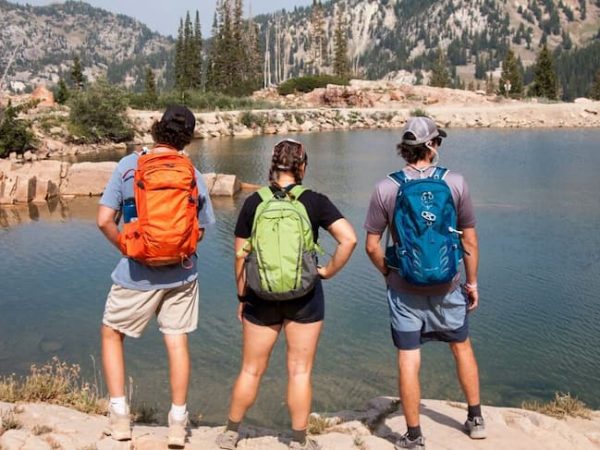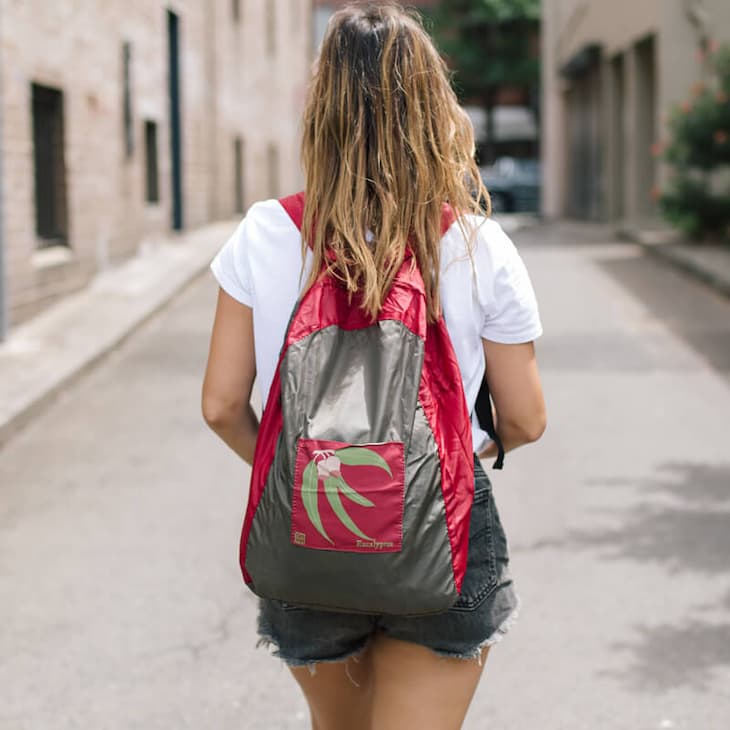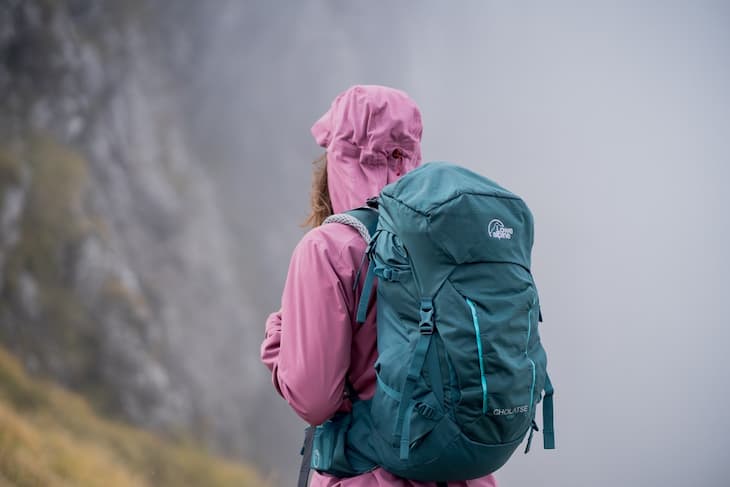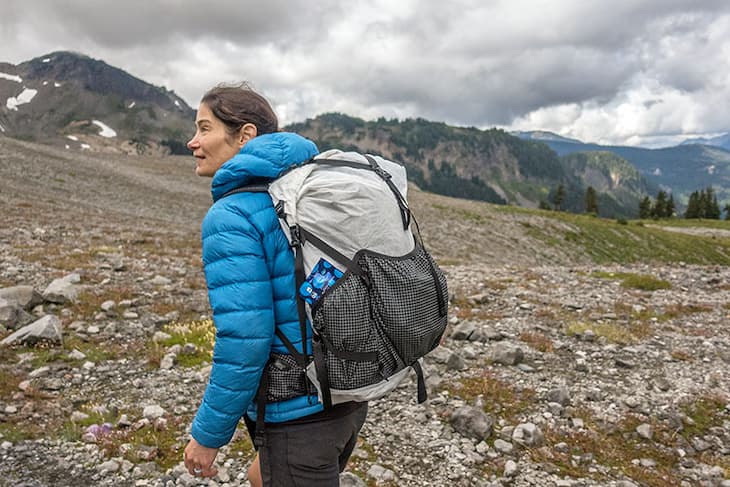31
Jan

If you’ve recently grown to enjoy backpacking, you’re likely thinking about investing in a top-notch pack. A solid backpack is a vital component of the toolkit of the adventurer. You need one that suits your body type and transports large goods effectively and comfortably, whether taking a leisurely day trip or tackling challenging terrain.
Although choosing the right backpack for hiking and camping sounds daunting, especially if you’re new to outdoor adventure, with research and careful consideration, you can find the perfect bag for your next hiking trip.

The perfect hiking backpack may either make or break your trip. When browsing through high-quality backpacks you must strike the perfect balance between size, features, and fit. Each outdoor enthusiast has unique demands, desires, physical characteristics, and journey.
The pack type determines its capacity and size. The length of your trip and how much weight and mass you intend to carry will decide on the size you’ll require.
On 1- to 3-night travels, efficient packers may keep things light by choosing a pack in this price range. Be mindful that travelling light necessitates self-control and forethought. However, the light-on-your-feet benefits are excellent if you can pull it off.
These are the most popular backpacking bags for warm-weather excursions lasting three days or longer. For shorter trips where you pack a little more lavishly or multisport activities like backcountry skiing, packs in the 50 to 80-litre range are also fantastic.
Packs of at least 70 gallons are often essential for journeys lasting five days or more. These are also typically the best option for multi-night winter excursions. Larger packs can more easily fit extra clothing, a warmer sleeping bag, and a 4-season tent, which usually comes with additional poles. Since Mom and Dad have to carry most children’s gear, larger camping packs are also suitable for people taking small children backpacking.
When we say backpack features, we think of the refinements that affect how the pack works for you. Here are the most popular ones:

Some packs have a hanging mesh back panel to prevent the sweaty back syndrome, expected with internal-frame bags that ride against your body. This trampoline-like construction (also known as a “tension-mesh suspension”) hangs a few inches away from your back and rests against the incredibly breathable mesh, similar to that of a breathable hiking jacket. To address the same problem, some packs will have ventilation tubes (often known as “chimneys”) on the back panel.
Openings for top loading are standard. Savvy packers will keep their nighttime, daytime or hiking accessories closer to the top because the items on the bottom and sides are the hardest to access. However, some packs include panel access, enabling you to open the main pack bag without doing so from the top. Remember that features like these tend to add both cash and ounces.
A detachable daypack is a feature of some packs that makes them ideal for shorter excursions from camp, such as summit bids or supply runs on a thru-hike. This detachable daypack frequently fits within the top lid or reservoir pocket of the multiday pack; it separates and transforms into a hip belt pack or small backpack.
Your hips, lower back, or shoulders may become sore if carrying a light pack with a sparse hip belt and lumbar pad. If this applies to you, use a cosier hip belt.

It’s time to fit your pack once you’ve decided on the style of backpack you want. It should be the proper size for your hip circumference and torso length (not overall height).
Some packs come in a variety of sizes that accommodate a variety of torso lengths, from extra tiny to large. Both the manufacturer and the gender affect these ranges. Refer to the product specs tab for information on a specific pack’s size. Additionally, many packs for hiking have an adjustable suspension that you may adjust to fit your torso, especially if you’re in between sizes. They’re an excellent choice for anyone who splits a pack with family members. Their disadvantage is the adjustable harness, making a load heavier.
Your hips must support 80 per cent or more of the weight of a backpack. Hipbelts for typically fit people with hip circumferences ranging from around the middle of 50 cm to an average of 100 cm. Sometimes those with thin waists find that they cannot adjust a conventional hip belt to fit snugly enough and must purchase a smaller one. Hipbelts that are interchangeable with other hip belts are available in several packs.
Women’s backpacks frequently fit younger or shorter trekkers well because of their lower frame sizes. Compared to men, women’s torso measurements are typically smaller. Another thing to consider is that women-specific packs typically have hip belts and shoulder straps tailored to accommodate broader hips and breasts.
These often have smaller capacities and a suspension that can adjust to account for a child’s growth. Young trekkers frequently benefit from the lower frame sizes of women’s packs. Smaller versions of certain men’s packs also exist.